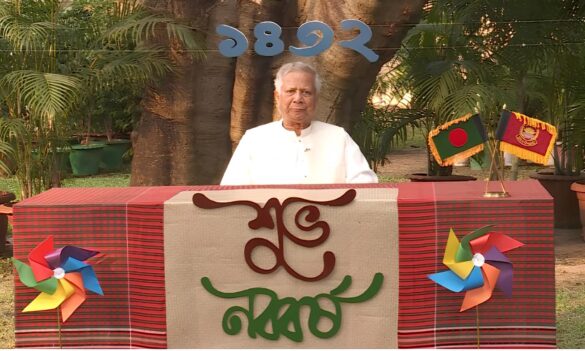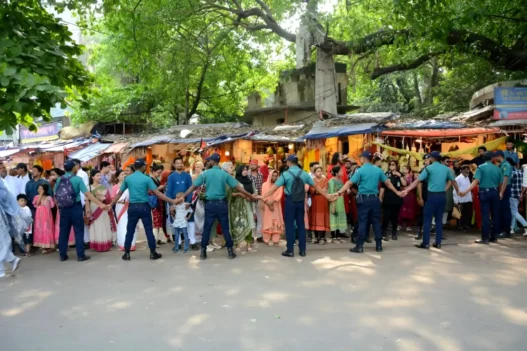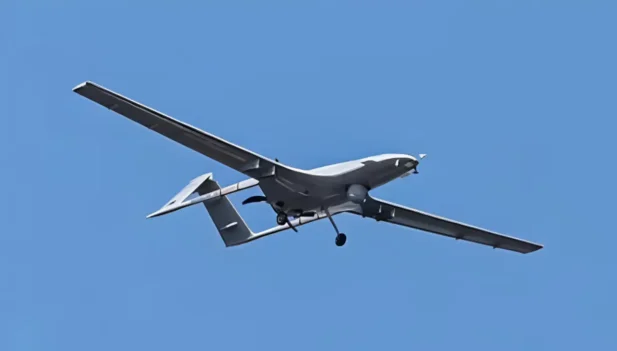The Indian government has made two super high altitude firing ranges, the Mandala and Kamrala firing ranges, available to the armed forces in Arunachal Pradesh, which are located within 50 kilometers from the Line of Actual Control (LAC). These firing ranges, situated at an altitude of over 10,000 feet, are being used for practicing various kinds of weapons and surveillance equipment. This initiative was taken by Chief Minister Pema Khandu to enhance the training and readiness of the armed forces in this strategically sensitive region.
The first integrated surveillance and firepower training exercise called ‘Buland Bharat‘ was conducted at the Mandala firing range in May, with plans for a major firing exercise at the Kamrala firing range. These exercises aim to prepare the armed forces for operating in high-altitude conditions, which can significantly affect the behavior of weapons and equipment. Training and facilities for handling artillery and firearms at high altitudes are essential, and these firing ranges help bridge that gap.
The decision to provide these firing ranges to the armed forces was motivated by the need to meet operational requirements in case of any conflict along the LAC with China. The Chinese military has been known to test its weapons and launch systems in high-altitude areas along the border, so having these firing ranges is seen as a strategic advantage for India.
These developments come in the wake of tensions between India and China along the LAC, including incidents like the intrusion of Chinese troops into Tawang in December of the previous year and the deadly clash in Galwan, Ladakh, in June 2020. India has been working to enhance its border infrastructure and facilities for its armed forces in response to these developments.
The ‘Buland Bharat’ exercise involved testing surveillance and firepower capabilities in simulated war conditions in high-altitude areas. Various heavy weapon systems, including artillery like the 155 mm Bofors howitzers, 105 mm field guns, and 120 mm mortars, were used during the exercise. Additionally, multiple rocket systems, self-propelled tracked guns, and ultra-light howitzers were also part of the training.
Apart from the firing ranges, India is also bolstering its surveillance capabilities along the LAC to monitor and respond to any potential threats. Surveillance cameras have been placed at key locations, and drones are being used to monitor any changes or military buildup on the Chinese side of the border. These measures are taken to ensure the security and sovereignty of India’s northeastern border with China.







